**”The Role of Hydrotherapy in Cool Down Techniques: How Water-Based Recovery Methods Enhance Muscle Relaxation and Overall Recovery”**
The Role of Hydrotherapy in Cool Down Techniques: How Water-Based Recovery Methods Enhance Muscle Relaxation and Overall Recovery
Hydrotherapy, the use of water for therapeutic purposes, has gained significant attention in the realm of fitness and recovery. Athletes and fitness enthusiasts alike are increasingly turning to water-based recovery methods as effective cool down techniques. This post will explore the multifaceted benefits of hydrotherapy, examining how water aids in muscle relaxation and overall recovery.
Understanding Hydrotherapy
What is Hydrotherapy?
Hydrotherapy encompasses a wide range of treatments that utilize water, either in its liquid form or as steam, to promote healing and relaxation. While many people think of hot tubs and saunas when they hear the term, hydrotherapy can also include cold-water immersion and contrast baths. The versatility of water makes it an ideal medium for recovery, as it can be adapted to suit various needs and preferences.
Types of Hydrotherapy
There are several distinct forms of hydrotherapy, each with unique benefits:
1. **Warm Water Immersion:** This method involves soaking in warm water, which helps to relax muscles and increase blood flow. The warmth reduces stiffness and promotes flexibility.
2. **Cold Water Immersion:** Often used by athletes after intense workouts, cold water immersion helps to reduce inflammation and speed up recovery.
3. **Contrast Baths:** Alternating between hot and cold water can stimulate circulation and enhance recovery by flushing out metabolic waste while bringing in nutrients.
Understanding these types can help individuals select the best hydrotherapy method for their unique recovery needs.
The Science Behind Hydrotherapy
Muscle Relaxation and Recovery
Hydrotherapy promotes muscle relaxation through several mechanisms. First and foremost, immersion in warm water increases blood circulation. Enhanced blood flow delivers oxygen and nutrients to muscles while also facilitating the removal of metabolic waste, such as lactic acid. Consequently, this process aids in reducing muscle soreness and promoting faster recovery.
Moreover, the buoyancy of water reduces the impact on joints and muscles, allowing individuals to perform stretches and movements with less strain. This is particularly beneficial for those recovering from injuries or dealing with chronic pain. As a result, hydrotherapy serves not just as a recovery tool, but also as a means of injury prevention.
Psychological Benefits
In addition to physical benefits, hydrotherapy provides significant psychological advantages. The calming effect of water can reduce stress and anxiety, contributing to overall mental well-being. Furthermore, the soothing nature of warm water can promote relaxation, making it easier for individuals to unwind after a strenuous workout.
Nutrition Tips for Enhanced Recovery
Hydration is Key
While hydrotherapy can aid in recovery, it is essential to complement water-based techniques with proper hydration. During workouts, individuals lose fluids through sweat, and rehydrating afterward is crucial for muscle recovery. Drinking water or electrolyte-rich beverages can help replenish lost fluids and maintain optimal performance levels.
Balanced Diet
In addition to hydration, a balanced diet plays a vital role in recovery. Consuming a mix of carbohydrates, proteins, and healthy fats ensures that the body has the necessary nutrients to repair muscle tissue. Foods rich in antioxidants, such as fruits and vegetables, can help combat inflammation and support recovery.
Timing Matters
Timing your nutrition appropriately can also enhance recovery. Eating a meal or snack containing protein and carbohydrates within 30 minutes following exercise can optimize muscle recovery. This is the window during which muscles are most receptive to nutrients, making it a crucial time for refueling.
Exercise Advice for Optimal Recovery
Incorporating Hydrotherapy
To maximize the benefits of hydrotherapy, it is advisable to incorporate it into your post-exercise routine. For instance, after a workout, consider spending 15-20 minutes in a warm water bath to relax muscles and promote recovery. On the other hand, if you’re experiencing soreness or inflammation, a cold water immersion for 10-15 minutes can help alleviate those symptoms.
Combining Techniques
Furthermore, combining hydrotherapy with other recovery techniques can yield even greater benefits. For example, pairing warm water immersion with stretching exercises can enhance flexibility and reduce muscle tightness. Conversely, using cold water immersion in conjunction with foam rolling can help target specific areas of tension.
Listening to Your Body
Finally, it is crucial to listen to your body and adjust your recovery methods accordingly. Everyone’s needs are different; therefore, experimenting with various hydrotherapy techniques can help you discover what works best for you. For instance, some individuals may prefer warm water therapy for relaxation, while others may find cold water immersion more effective for recovery.
Conclusion
In conclusion, hydrotherapy plays a vital role in cool down techniques, offering a plethora of benefits for muscle relaxation and overall recovery. By understanding the various forms of hydrotherapy and combining them with appropriate nutrition and exercise strategies, individuals can enhance their recovery and improve their athletic performance. Whether you’re an elite athlete or a casual fitness enthusiast, incorporating water-based recovery methods into your routine can lead to better outcomes and a more enjoyable recovery experience.
FAQ
What are the main types of hydrotherapy and their benefits?
The main types of hydrotherapy include warm water immersion, cold water immersion, and contrast baths. Warm water immersion helps relax muscles and increase blood flow, reducing stiffness and promoting flexibility. Cold water immersion is effective for reducing inflammation and speeding up recovery after intense workouts. Contrast baths, which alternate between hot and cold water, stimulate circulation, helping to flush out metabolic waste and bring in nutrients.
How does hydrotherapy contribute to muscle relaxation and recovery?
Hydrotherapy promotes muscle relaxation primarily by increasing blood circulation through warm water immersion, which delivers oxygen and nutrients to the muscles while aiding in the removal of metabolic waste like lactic acid. The buoyancy of water also reduces the impact on joints and muscles, allowing for easier stretching and movement, which is particularly beneficial for those recovering from injuries or experiencing chronic pain.
What additional strategies should be combined with hydrotherapy for optimal recovery?
To maximize recovery, it’s essential to pair hydrotherapy with proper hydration and a balanced diet. Staying hydrated helps replenish fluids lost during workouts, while a diet rich in carbohydrates, proteins, and healthy fats supports muscle repair. Timing your nutrition, such as consuming a meal or snack within 30 minutes post-exercise, can enhance recovery further. Additionally, combining hydrotherapy with other recovery techniques, like stretching or










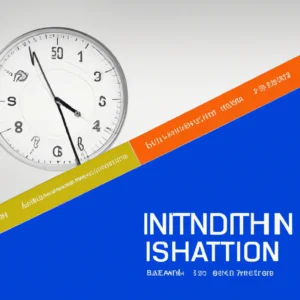
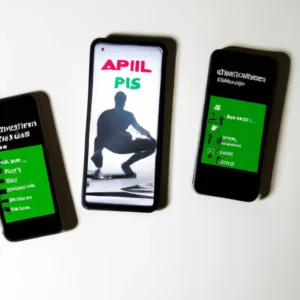
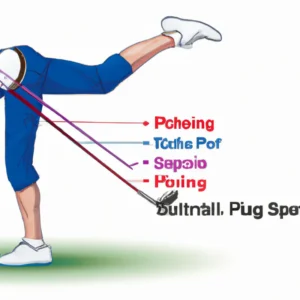
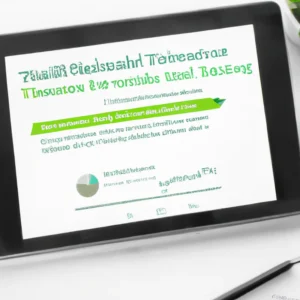
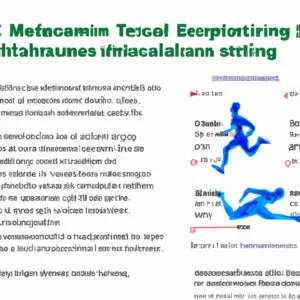
Post Comment